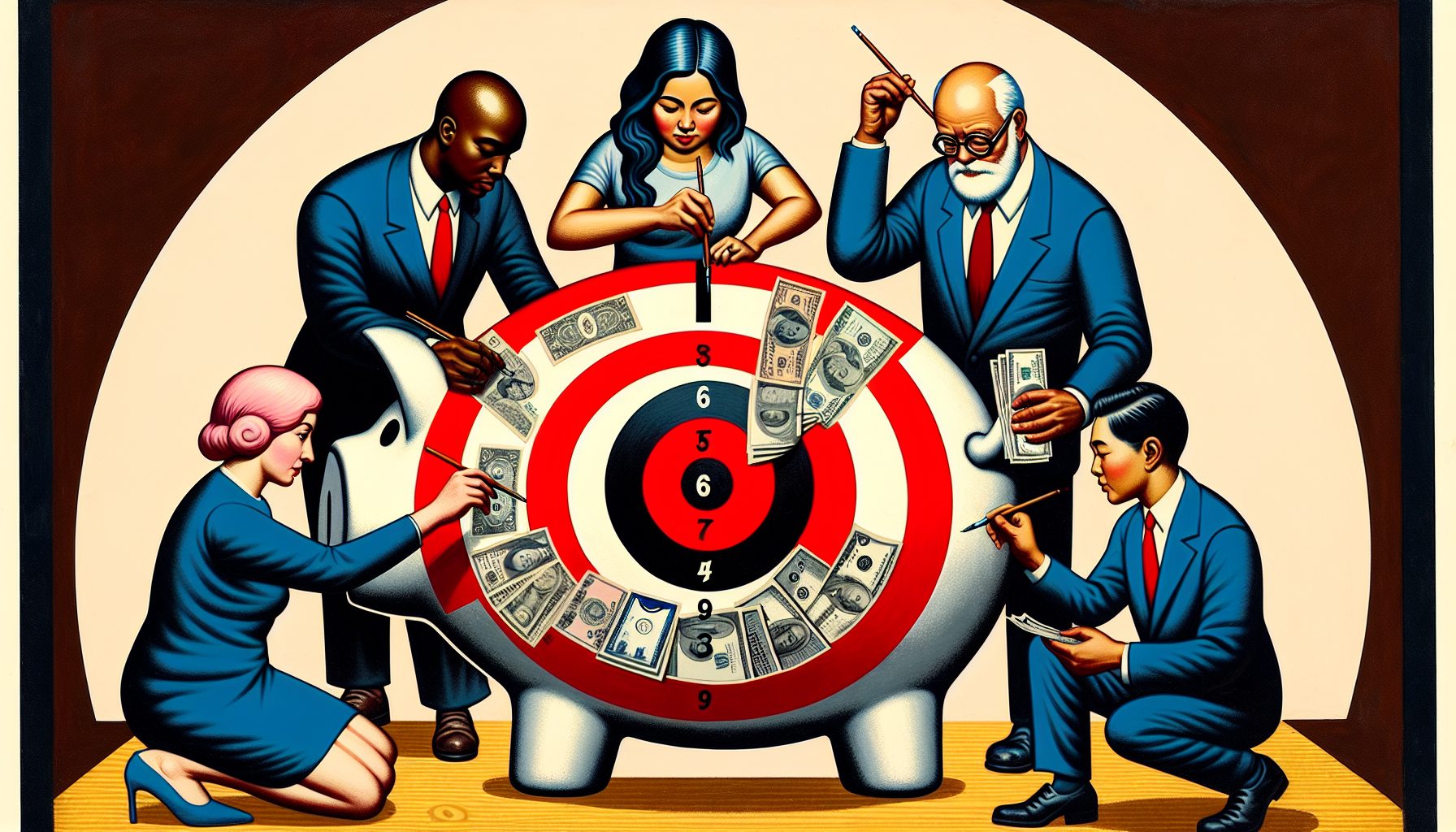
Joe Will and other San Jose Sharks executives finally have something to smile about this spring. Their National Hockey League team is back in the playoffs—and with a lighter payroll.That means Will is probably doing something right. He is the Sharks’ technology guru and has been collecting data about the performance of pro players, sticking it into a databank and allowing general manager Doug Wilson and the team’s coaches to manage the turnaround of the Sharks by more than just gut instinct.
Will’s system combines player statistics such as goals scored and assists; scouting reports on intangible assets such as leadership skills; historical data on a player’s age, years in the league and other wear and tear; and salaries paid for players’ results.
The system doesn’t tell the coaches or GM what to do. But it lets them poke and prod to get the most goals for their bucks.
“We collect all this data from sources around the world and then try to organize it in a way that gives our coaches and staff a starting point for their analysis,” Will says. “It gives us the luxury of time to do subjective analysis.”
This holistic view gave the Sharks the ability to put together a team that might not have a lot of marquee stars—or their high salaries—but is extremely effective. This year’s team, which had a payroll $14 million below the $48.5 million spent in 2002-2003, racked up a club record 104 points in a season of 82 games. Teams earn two points for each victory, one for a tie and one for a loss in overtime.
The Sharks boosted their point total by 31 over last year. Where they paid, in effect, $657,500 in payroll for each point a year ago, they paid $331,300—a shade more than half as much—this year. Which means fans sitting in the Sharks’ corporate boxes probably could learn a lesson or two on how to manage the “human assets” in their own companies from the results they’re seeing on the ice below.
Finding workers who have a wider set of skills rather than ponying up top dollar to star employees with very narrow specialties can create more successful organizations, as the Sharks’ recent experience shows. A law firm, for instance, might find that an attorney with a few years of experience in both commercial real estate and maritime disputes is more valuable in the long run than a seasoned real estate litigator. A controller who has spent four years cutting his or her teeth within the company might be just as skilled and less expensive to hire than a big-name chief financial officer from outside the industry.
“Most organizations have moved to a market value-based salary structure” that allows companies to compare and adjust their salaries for certain positions against regional or national averages, says Chris Fusco, a senior compensation analyst for Cambridge, Mass.-based Salary.com, which collects salary information each quarter from thousands of companies throughout the U.S.
The Sharks team in 2002-2003 was a disappointment. Picked by many pre-season pundits to mount a serious run at hockey’s big prize, the Stanley Cup, the team didn’t even make the playoffs, even though its payroll ranked eighth among 30 teams in the league.
After closing the 2001-02 season with 99 points and a divisional crown, the 2002-2003 Sharks only earned a paltry 73 points. That left the team in last place in the Pacific Division. At many games up to 3,000 seats, or 17% of arena capacity, were empty. And the team missed the bonus revenue of playoff games, extra dollars that can mean the difference between profit and loss.
“It was a really depressing time for everyone around here,” Will says. “And it cost some very good people their jobs.”
The Sharks fired their head coach and general manager. The team also traded away several high-priced veterans, including all-star forward Owen Nolan, the team captain, and decided not to re-sign others. The decisions were based largely on what Will’s system told Sharks executives.
“We sat down in the off-season and looked at some of the teams that were having success with much lower payrolls and knew we had to do the same,” Will says.
The Ottawa Senators, with a payroll of $34.3 million, and the Minnesota Wild, with a payroll of $20.7 million, had made deep runs into the Stanley Cup playoffs. Those teams were using databases containing stats put together by the NHL that are available to all teams. While technology alone wasn’t responsible for these teams’ performance-to-salary ratio, it did help the Senators and the Wild efficiently slot players based on roles and salaries.
The first step in putting the teeth back in the Sharks came when Wilson, the new general manager, along with new head coach Ron Wilson (no relation) and their assistants, got together to create what Will calls “the ideal team.”
The goal was to define, using trackable statistics, the right types of players to put on the team, such as “a checking-line forward who is between 24 and 28 years of age and averages 30 points a season” or a “veteran defenseman who can move the puck.”
Using a database that Will had created originally to track the progress of prospects, the Sharks built a virtual team— based on performance and age—comprised of players already on their roster or on their minor league teams, as well as players on other NHL rosters.
The database included hundreds of Sharks prospects playing in leagues throughout Canada, the U.S. and Europe; the 700-plus players on the other 29 NHL team rosters; and several thousand minor league players. Each player’s statistics—goals, assists, time on ice, goals-against average, etc.— were compiled, as well as age, height, weight, salary and eligibility status.
These individual statistics and salaries were pulled into the Sharks’ database from two sources: a database of game statistics from RinkNet Marketing Inc. in Guelph, Ontario, and a salary database, called the Local Arbitration Solution system, maintained by the NHL in New York.
The RinkNet database collects team and individual player statistics every day from more than two dozen leagues around the world. For $12,000 a year, an NHL team can find out exactly how much time on ice a forward playing in the German Elite League logged the previous night.








